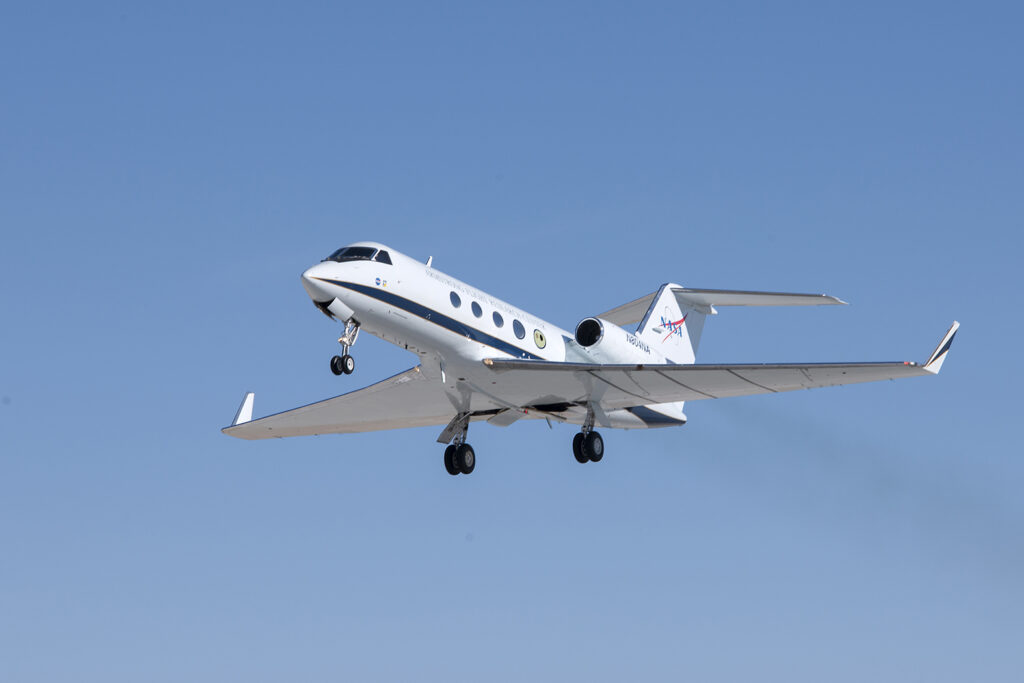NASA researchers, working together with the Air Force lab (AFRL) and FlexSys Inc., of Ann Arbor, Michigan, effectively completed initial flight tests of a replacement new morphing wing technology(new shape wing). which has the potential to save millions of dollars annually in fuel costs, reduce airframe weight and reduce aircraft noise during take-offs and landings.
The trial research team at NASA’s Armstrong Flight research centre in Edwards, California, flew 22 research flights during the past six months. Experiments Adaptive Compliant Trailing Edge (ACTE) control surfaces that proposition important improvements over conventional flaps used on existing aircraft.
Jaiwon Shin associate administrator for NASA’s Aeronautics Research Mission Directorate at the agency’s headquarters in Washington said “Armstrong’s action with ACTE could also be a countless sample of how NASA works with our government and industry partners to develop innovative technologies that make big leaps in efficiency and environmental performance,”
“This is that the first of eight large-scale integrated technology demonstrations ERA is finishing up this year that are designed to scale back the impact of aviation on the environment,” he added.
The technology can be retrofitted to existing aeroplane wings or unified into completely new airframes.
It enables engineers to lessen wing structural weight and aerodynamically tailor the wings to promote improved fuel economy and more efficient operations.
Although the flexible flaps were designed to morph during the entire range of motion, each test was conducted at a single fixed setting in order to collect incremental data with a minimum of risk.
“We are thrilled to have accomplished all of our flight test goals without encountering any significant technical issues,” said program manager Pete Flick from the Air Force Research Laboratory (AFRL) at Wright-Patterson Air Force Base in Ohio.
The outcomes of these flight tests will be included in design trade studies performed at NASA’s Langley Research Centre in Hampton, Virginia, for designing future large transport aircraft.
Conclusion: In synergy with other emerging and promising technologies, morphing is asked for bridging the evident gap between the current growth trend of the aerospace compartment and its impact on the environment. The potential of morphing, in convinced, its primary impact on the aerodynamic efficiency of the aircraft, primed the investigation of different technologies, achieving interesting results but often highlighting limitations and showstoppers against the airworthiness regulations.
New shape wing-morphing wing technology
Read as well: https://www.hard2know.com/discovering-new-planets-beyond-our-solar-system/





